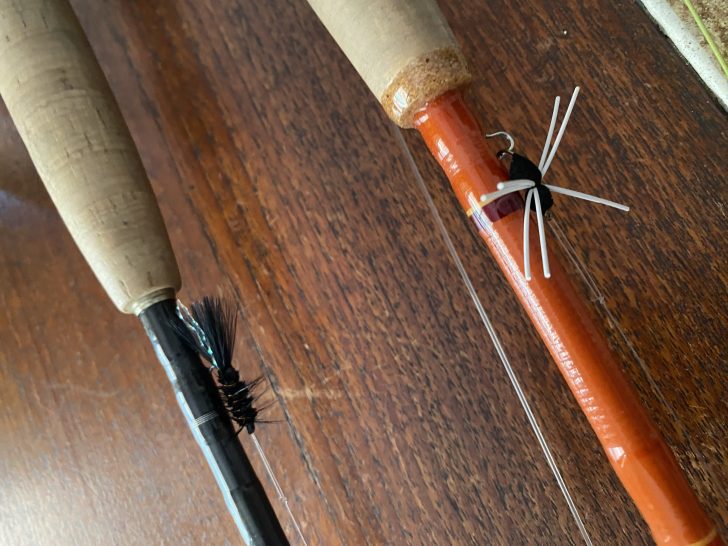Another Feisty Exotic Invades The Bay Area
So, there’s tilapia, snakeheads, peacock bass, lionfish, clown knife fish, oscars and others that have made their way into Florida. They all have one thing in common – they’re not native to Florida. Some of these invasive species have proven to be quite the menace, the lionfish mostly, as it dominates our saltwater reefs and wrecks. Another invasive is the Mayan Cichlid, a super hard fighting fish, originating in Central and South America.
The Mayan Cichlid, or Mayaheros urophthalmus, scientifically speaking, is native to the Atlantic slope of tropical Mesoamerica, ranging from eastern Mexico southward to Nicaragua. It was first recorded in the Everglades National Park in 1983, moved its way up through Lake Okeechobee and the St. Lucie Canal, and is now commonly seen in the Tampa Bay region. You’ll see them in canals, rivers, ponds and lakes, including brackish water.
With a diet of mostly grass shrimp, baitfish, snails and insects, it’s no surprise that these fish will attack both live baits and artificial lures. They are not a large species, comparatively, with the average length around 5 to 10 inches and a weight approximately a quarter to one pound; but, what they lack in size, they make up for with aggressive behavior and unmatched fighting strength.
I first noticed these fish showing up in some of my local freshwater haunts a few years ago. My immediate thought was to break out a light three weight fly rod, something appropriate for panfish. I studied their movement and feeding habits and put a small black streamer in their path. It took a while to figure out the bite. They simply will not eat a fly if it stops moving. They love the chase!
You’ll usually find these cichlids in groups of two fish or more, roaming shallow areas. From time to time, I’ll see a solo fish, usually much larger, and make that my focus. When you get the eat, hold on, as they make blistering runs again and again and seem to never tire. When I realized how hard these fish pull, I bumped up to a stiffer, four weight fly rod. Pound for pound, they proved to be the hardest fighting freshwater species I’d come across in years – maybe ever. I was addicted.
When I first discovered the angling joy this species provided, I fished them hard for an entire summer. I couldn’t wait to get back out on the hunt to find bigger and bigger Mayans. And the more I looked, the more I began to find them in places I’d been fishing for years. Typically, they’ll have a broken lateral line and turquoise ring on the tail, with 6 to 8 bars on the body that can be faint or dark. The body color varies greatly in intensity with bright red on the chin, throat and breast. They have both spiny and soft dorsal fins and a rounded caudal fin. At first glance, they sometimes look like small sheepshead.
My fly of choice for these small but feisty fish is a dark streamer. They’ll kill a small black or olive woolly bugger, but they also like topwater presentations. A small popper moved quickly in front of them can also entice a bite. Scale down your leader as much as possible, as they can be quite picky. And if you want a great meal, put some in the box. They have delicious white flaky meat and no bag or size limits.

